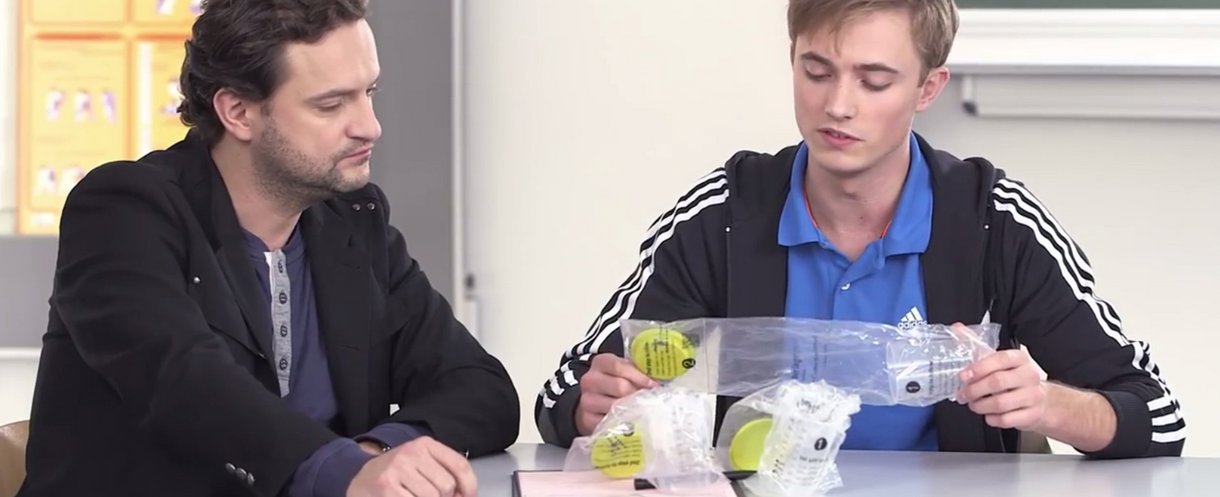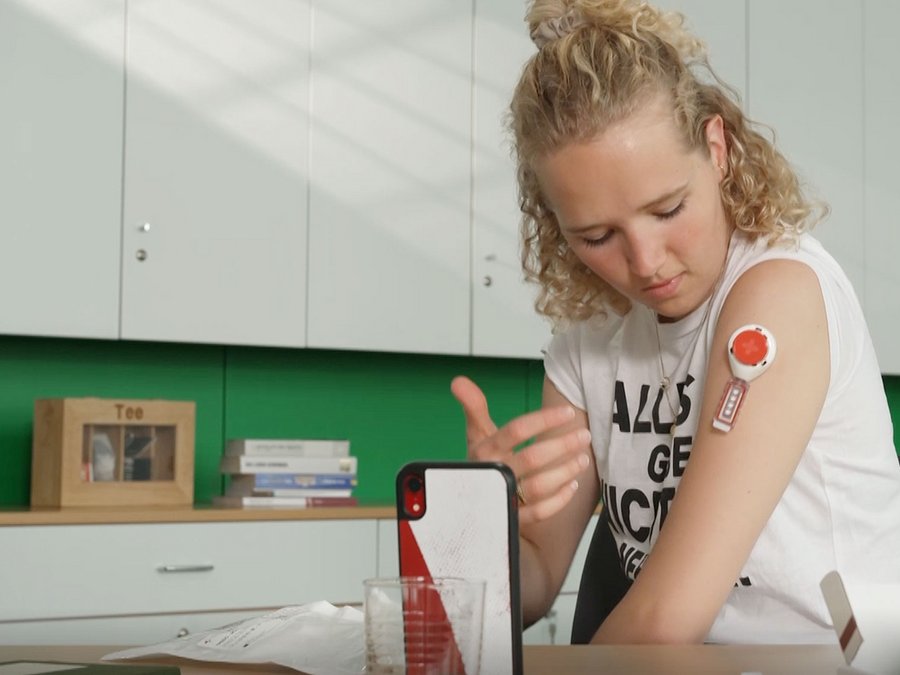
Testing Process
NADA Germany plans the testing and is responsible for organizing in- and out-of-competition tests.
After the doping test: The sample's way to the laboratory
NADA Germany relies on the experience of external service providers to carry out doping test, i.e. to collect samples from athletes. All samples are sealed after collection and packed ready for transport. The urine and blood samples are sent anonymously by the service provider to a WADA-accredited laboratory. There, the analyses commissioned by NADA Germany take place - also anonymised. After the analysis, the laboratory reports the result to NADA Germany. The allocation of the analysis result to the tested athletes ultimately takes place exclusively at NADA Germany. The planning and implementation of doping tests is regulated by the International Standard for Testing and Investigations (ISTI).
A detailed overview of the procedure can also be found on our prevention platform at (in German): gemeinsam-gegen-doping.de/was-ist-doping/kontrollverlauf
Paperless
The doping test form may be a so-called "paperless" form. The data recorded in the "paperless" document is encrypted using recognised security standards. Once the test has been completed, no more changes can be made to the form. NADA has had the digital form checked from a data protection point of view before it was introduced.
If you have any questions, please contact dks[at]nada.de.
Testing of underage athletes
There is no minimum age for tests, i.e. underage athletes can also be tested. However, because of their age, they benefit from special protection. Underage athletes and their parents should be aware of their rights and obligations. You can find more information in our fact sheet:
Testing at school
There is no minimum age for tests, i.e. school-age athletes can also be tested. Therefore, tests can also take place at school during school hours.
We have compiled the most important information in this fact sheet so that the school office, management and the teachers are informed:
DRIED BLOOD SPOT
The collection of Dried Blood Spot (DBS) samples is minimally invasive. Depending on the technique used, either a small prick is made in the fingertip or a specially developed collection device is used on the upper arm. With both options, a few drops of blood are collected on a filter paper and dried. The advantage here is the minimally invasive procedure and the relatively small volumes (blood drops) that are necessary for an analysis.
Since September 2021, NADA Germany has been using the DBS method as a supplement to classic urine and blood tests in doping controls. The WADA-accredited laboratory at the German Sport University Cologne has the necessary technical equipment to detect the substances contained in a drop of blood using highly sensitive, chromatographic, mass spectrometric methods.
Research
Since 2015, NADA Gemany has conducted a total of four research projects in the area of the DBS method for its use in the context of doping controls. All information on past research projects can be found here:
![Ablauf einer Blutkontrolle [Translate to English:] Ablauf einer Blutkontrolle](/fileadmin/_processed_/3/4/csm_2015_Ablauf_einer_Blutkontrolle_796x438px_cc6468ff07.jpg)
![Ablauf einer Urinkontrolle [Translate to English:] Ablauf einer Urinkontrolle](/fileadmin/_processed_/a/8/csm_2015_Ablauf_einer_Urinkontrolle_796x438px_3518e42b90.jpg)
